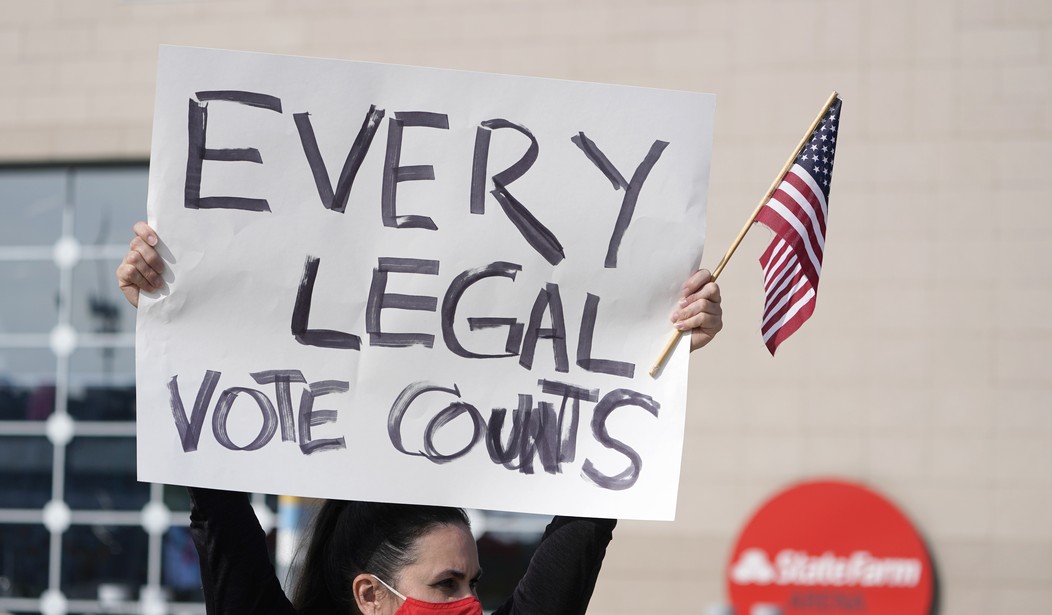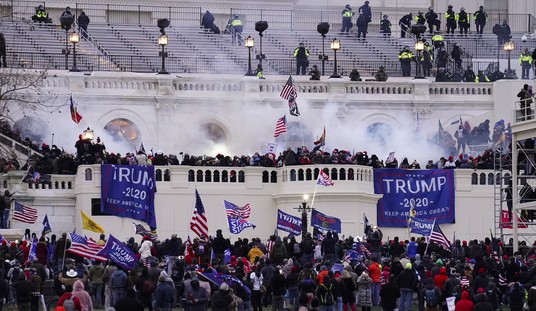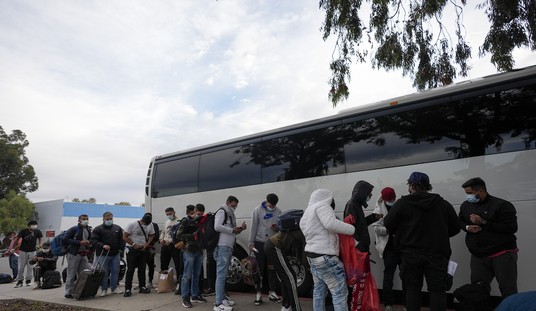Editor's Note: This post was co-authored by Bruce Abramson.
Did America just hold a deeply fraudulent election? Many people believe so. Disturbingly few seem willing to vouch for its integrity; instead, they insist that “there is no evidence of fraud.”
Fair enough. It’s actually possible to split that difference. America just held an election featuring many anomalies that have not yet been proven fraudulent. It thus seems obvious that what America now needs is a fraud investigation.
Any inquiry into the integrity of Tuesday’s elections must consider the entire process. Taking things in order, ballots are produced (i.e., printed), distributed (to voters), completed (by voters), transported (via a chain of custody), delivered (to an Elections Board), handled (by a worker), tabulated (by computer or by hand), and reported (as part of the information revealed to the public).
In the 2020 election, nominally under the duress of “ballot access during COVID,” jurisdictions across the country introduced new and untested procedures pushing ballot integrity in precisely the wrong direction—on each and every step. As anyone with any experience in systems knows, new and untested procedures heading into a major event guarantee failure—even if the new procedures are objectively “better” than those they replace. Too many people need to retrain, coordinate their actions, and realign their expectations too quickly.
An electoral system with safeguards would introduce mechanisms designed to protect the integrity of each step. While some of these safeguards are complicated and technical, others are common sense. People who show up at a specific time and place offering an ID are less likely to be acting fraudulently than those who do not. Ballots mailed only to those who request them are less likely to fall into fraudulent hands than to those broadcast to a pre-existing list. Advanced registration using verifiable data reduces votes from ineligible voters.
Recommended
The 2020 election walked away from each of these safeguards. In 2020, for the first time, many states mailed ballots to everyone on their voter rolls—without first cleaning those rolls. They encouraged people to vote by mail rather than in person. They legalized, popularized, or promoted insecure distribution networks like dropboxes and ballot harvesters. They dropped standard requirements for validating documents, like legible signatures and postmarks and a trusted chain of custody.
The resultant electoral system lacked safeguards capable of ensuring either that every tabulated ballot came from an eligible voter, or that every legal vote placed into the distribution system was tabulated. Because systems designed to ease fraud typically invite fraud, it was predictable and predicted that the tabulations would include most but not all properly cast votes, along with a sizable number of illegal ballots.
Common sense and logic, however, do not constitute “evidence.” They can’t identify which ballots were fraudulent or what effect the fraud had on the election. Yet sifting through millions of ballots looking for indicia of fraud on each one is a painstaking process. Given the sheer numbers and time constraints, it’s effectively undoable.
Fortunately, modern technology has developed advanced statistical techniques known as data mining and Artificial Intelligence. Data scientists have deployed these tools with great success to identify fraud in a variety of financial markets and elsewhere. They have been utilized for years to identify and track transactions linked to terrorist and other criminal activities. Without getting into technical specifics, these data tools develop a sense of “normal” behavior, then highlight only things that appear unusual.
Individual ballots voting for only one office or splitting parties are more interesting than those voting a straight party line.
Precincts that doubled their voter turnout, or shifted their partisan preferences significantly, are more interesting than those showing the same voting patterns as they did in recent elections.
Ballots delivered in a batch skewing far more favorably for one candidate than the balance of the jurisdiction that cast them are interesting; those that solidify a community’s leanings are not.
These sophisticated quantitative tools alone are still not enough to “prove” fraud. They are, however, a critical step along the way. They can eliminate the vast majority of ballots from consideration and focus the attention of fraud investigators on the anomalies most likely indicative of fraud. From there, the work remains challenging—but the task becomes achievable.
We already know that the 2020 electoral system was designed using new and untested procedures, many of which reduced safeguards capable of deterring fraud. Record numbers of ballots arrived from many new sources, delivered in many new ways. Many anecdotes of improprieties are circulating—at least some of which appear highly credible. Patterns of tabulation and reporting, particularly since election night, are statistically improbable.
America deserves to know—quickly—if it has been defrauded. Without that knowledge, America may send the election’s legitimate winner packing—and will certainly inaugurate a President operating beneath a permanent cloud. In other words, there’s only one way forward. In addition to the phalanx of lawyers already descending upon the most anomalous states, send in the quants!
























Join the conversation as a VIP Member